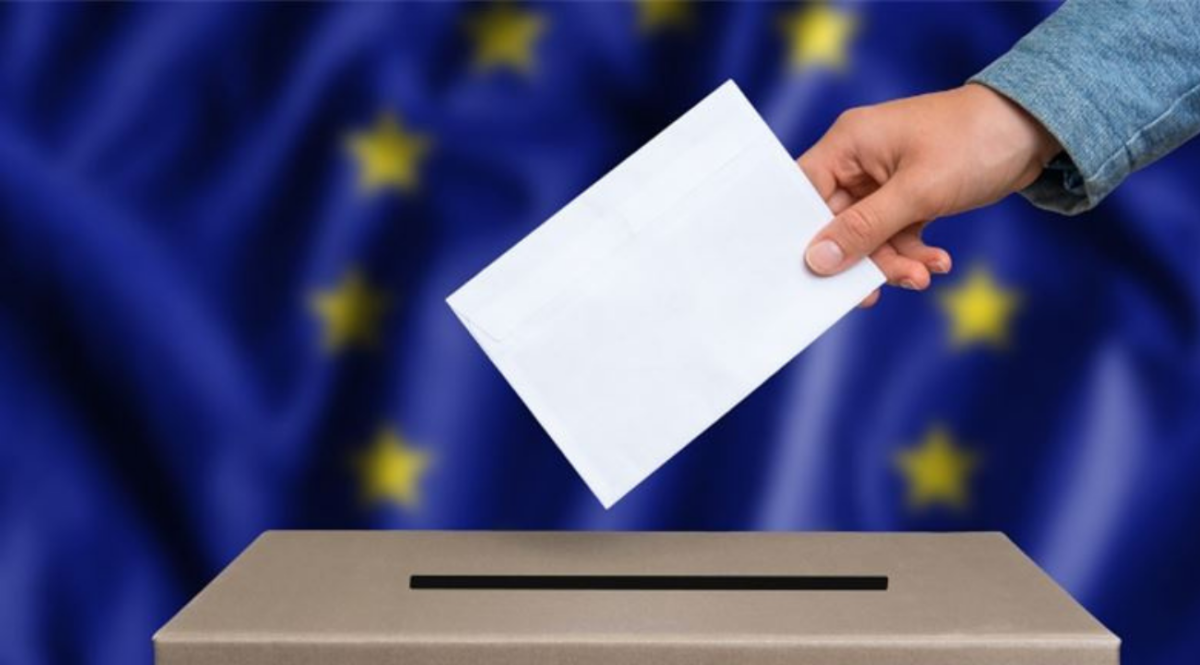Table of Contents
Far-Right Gains in European Elections
The recent European Union elections saw significant gains for far-right parties in several countries, including France, Italy, and Austria. Germany’s Alternative for Germany (AfD) also made notable progress, finishing ahead of Chancellor Olaf Scholz’s SPD party. The hard-right performed well in the Netherlands as well. Despite these successes, experts cautioned against overestimating their impact. Francesco Nicoli from the Bruegel think tank emphasized that these are “second-order elections,” meaning the far-right victories, while noteworthy, are not as significant as they might appear. Christine Verger of the Jacques Delors think tank agreed, noting that while there might be changes within political groups, the overall impact remains limited.
A key question is whether the two main far-right groups in the European Parliament, Identity and Democracy (ID) and the European Conservatives and Reformists (ECR), might unite to form a larger group. Verger dismissed this idea, saying a merger between ID and ECR is highly unlikely. Italian Prime Minister Giorgia Meloni’s Brothers of Italy party, which leads the ECR, topped the elections, further complicating potential unification.
Macron’s Political Setback
French President Emmanuel Macron emerged as one of the biggest losers in the elections. His liberal party suffered a significant defeat to Marine Le Pen’s National Rally. In response, Macron dissolved France’s national parliament and called for snap elections, highlighting the seriousness of the situation. Despite this setback, Verger emphasized that Macron, as the leader of a major EU member state, will continue to play an important role in European politics. However, the poor performance of Macron’s Renaissance party is expected to reduce its influence within the Renew Europe grouping and the parliament overall.
von der Leyen’s Strong Position
European Commission President Ursula von der Leyen appeared to have fared well in the elections, which supports her bid for a second five-year term. Von der Leyen will need the support of both the EU’s 27 leaders and the new parliament. Preliminary results suggest that her party, the European People’s Party (EPP), remains the largest group in the parliament. Experts like Nicoli predicted that she could garner the necessary support from the Socialists and Democrats, with additional backing possibly coming from liberals, the ECR, or the Greens. This broad support base indicates that von der Leyen is in a strong position to handle any political challenges.
Disappointing Results for the Greens
The Greens experienced a disappointing outcome, losing around 20 seats in the European Parliament. This result, while expected, was a significant setback. Nicoli pointed out that security and cost of living concerns, heightened by the war in Ukraine and migration issues, have overshadowed environmental priorities among voters. Consequently, the Greens struggled to address these more pressing demands effectively. However, Bas Eickhout, a Green EU lawmaker, argued that the results were more nuanced. He highlighted the Greens’ successes in the Netherlands, Spain, and several smaller northern and Baltic countries, including Denmark and Lithuania, suggesting that the party’s performance was not uniformly negative.
Higher Voter Turnout
A noteworthy aspect of the elections was the increased voter turnout, which reached around 51 percent, the highest in 20 years. This level of participation is a positive sign for democracy within the EU, indicating a growing engagement among citizens. Heather Grabbe, a senior fellow at Bruegel, commented that while the turnout surpasses half of the electorate, it remains below national election participation rates and is particularly low in countries like Slovakia and Lithuania.

2 Comments
Pingback: President Emmanuel Macron Dissolves the French Parliament
Pingback: The Global Rise of Far-Right Politics: A Balanced Analysis of 2024 - INPAC Times